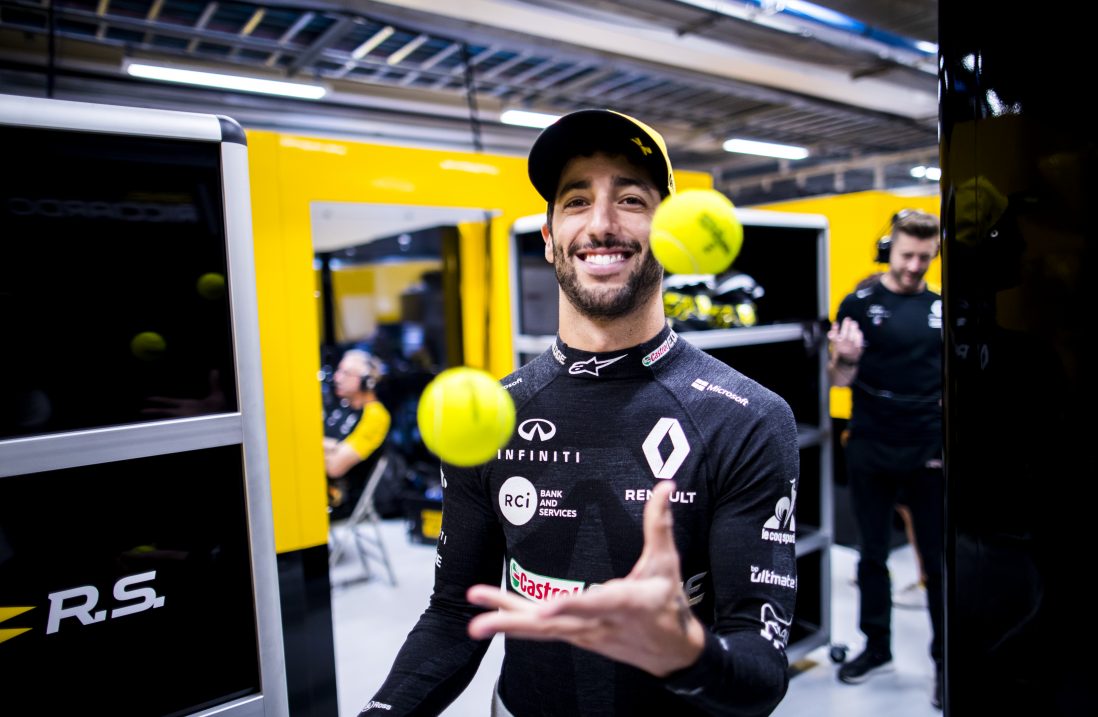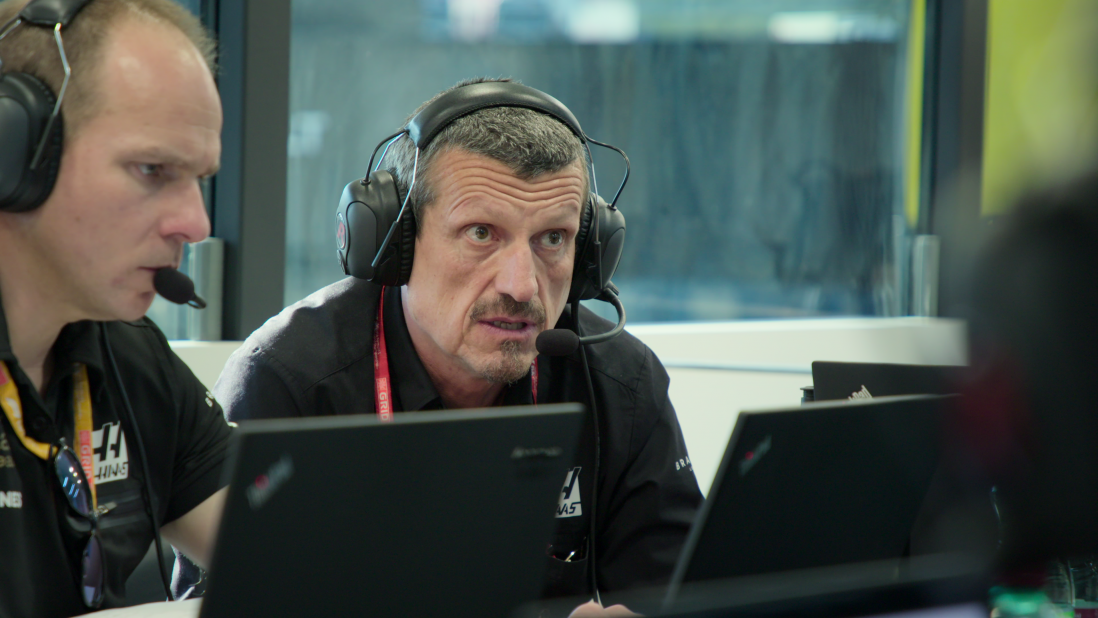Four reasons why you need to be watching Netflix’s “Drive to Survive”
Four reasons why you should watch "Drive to Survive"

Cut from the cloth of HBO’s 24/7 and Amazon Prime’s All or Nothing, Netflix docuseries Drive to Survive relies on largely unfettered access to chronicle top competitors over the course of a season. Rather than following a single team, though, Drive to Survive details the trials and tribulations of nearly every team on the Formula 1 grid.
Maybe you’re a die-hard F1 fan like my dad, who was a flag boy for F1 races at Watkins Glen decades ago. Maybe you’ve never heard of F1 and just want a new series to binge. Wherever you fall on the spectrum, here are four reasons to take Drive to Survive for a spin.
1. Learn (more) about the world’s most popular motorsport
In American motorsports, NASCAR may be king. But worldwide, Formula 1 draws the eyeballs — hundreds of millions of them.

Drive to Survive’s producers succeed in walking the tightrope of appealing to the casual Netflix scroller with no prior knowledge of the sport while also sharing new insights with hardcore followers. F1 insiders like Will Buxton provide valuable commentary to put important developments and stakes in context for newcomers, while the unparalleled access to team radio communications scratches the itch of devoted (and rookie) fans eager to understand the split-second decisions and chats that alter teams’ fates.
By the end of a Drive to Survive season, viewers can become conversant in basic F1 jargon and even comprehend the complex factors that influence a team’s pitting strategy during an important race.
2. Filter be damned
In the neverending North American sports news cycle, athletes, coaches and team officials usually have their guard up when speaking with the media. As interviewers probe for that original, thoughtful answer to enhance their column or broadcast, they’re usually met with something along the lines of:
The racers and managers of the ultra-competitive F1 circuit tend to inject some more spice into their on-camera reflections. Drive to Survive viewers can find unvarnished feedback around every corner, whether the drivers are under the confessional spotlight or race engineers know they’re mic’d up in a back room of the paddock.

After a pit stop snafu cost his team precious seconds in 2018’s opening race, Haas team principal Guenther Steiner let flow his river of truth in conversation with his team’s owner.
“We could have looked like rock stars,” Steiner fumed. “But now we look like a f–ing bunch of wankers. A bunch of f–ing clowns.”
Without giving away any spoilers, the first episode of Season 2 alone runs jam-packed with enough caustic assessments from Steiner and his peers, including prickly Red Bull boss Christian Horner, to fill an entire season of Hard Knocks.

3. Star power
Drivers currently racing for Mercedes-AMG and Scuderia Ferrari have racked up ten of the last 12 world championships. As avid F1 fans may be quick to point out, those drivers’ stories were barely told in Season 1 because the Mercedes and Ferrari camps declined to participate when Drive to Survive left the pits for its out lap.
Though their absence hardly detracted from Season 1’s popularity, those top teams have brought the sport’s most recognizable faces along for Season 2’s ride. Its episodes shine lights on the tension within and between those top teams, revealing how deeply each Lewis Hamilton win stings fellow Silver Arrow Valtteri Bottas and how aggressively newcomer Charles Leclerc nips at four-time world champion Sebastian Vettel’s heels.

4. Racing professionals are people, too
Sure, they make millions of dollars, and their racing-related exploits are analyzed extensively in print, broadcast and digital media all year long. But the drivers, pit bosses and team officials calling the shots in F1 have lives and families, as well.
Drive to Survive’s production team does its best to humanize as many characters as possible. Several episodes in both seasons transport viewers to far-flung corners of the globe between races to relay drivers’ origin stories, peek inside team principals’ home lives and understand how everyone manages the sport’s relentless pressure.
That’s not to suggest every personality in the show gets the puff treatment and becomes eminently relatable. It can be difficult to empathize (or even sympathize) with an airline tycoon dodging unpaid creditors and losing control of his racing team mid season.
Still, it would be easy (and perhaps easier on the production team’s travel budgets) to restrict the series’ screen time to racing sequences, as plenty of drama unfolds on tracks around the world every fortnight. But Drive to Survive’s producers are experienced storytellers, and they don’t overlook those humanizing elements that elicit emotion and engage the viewing audience.





